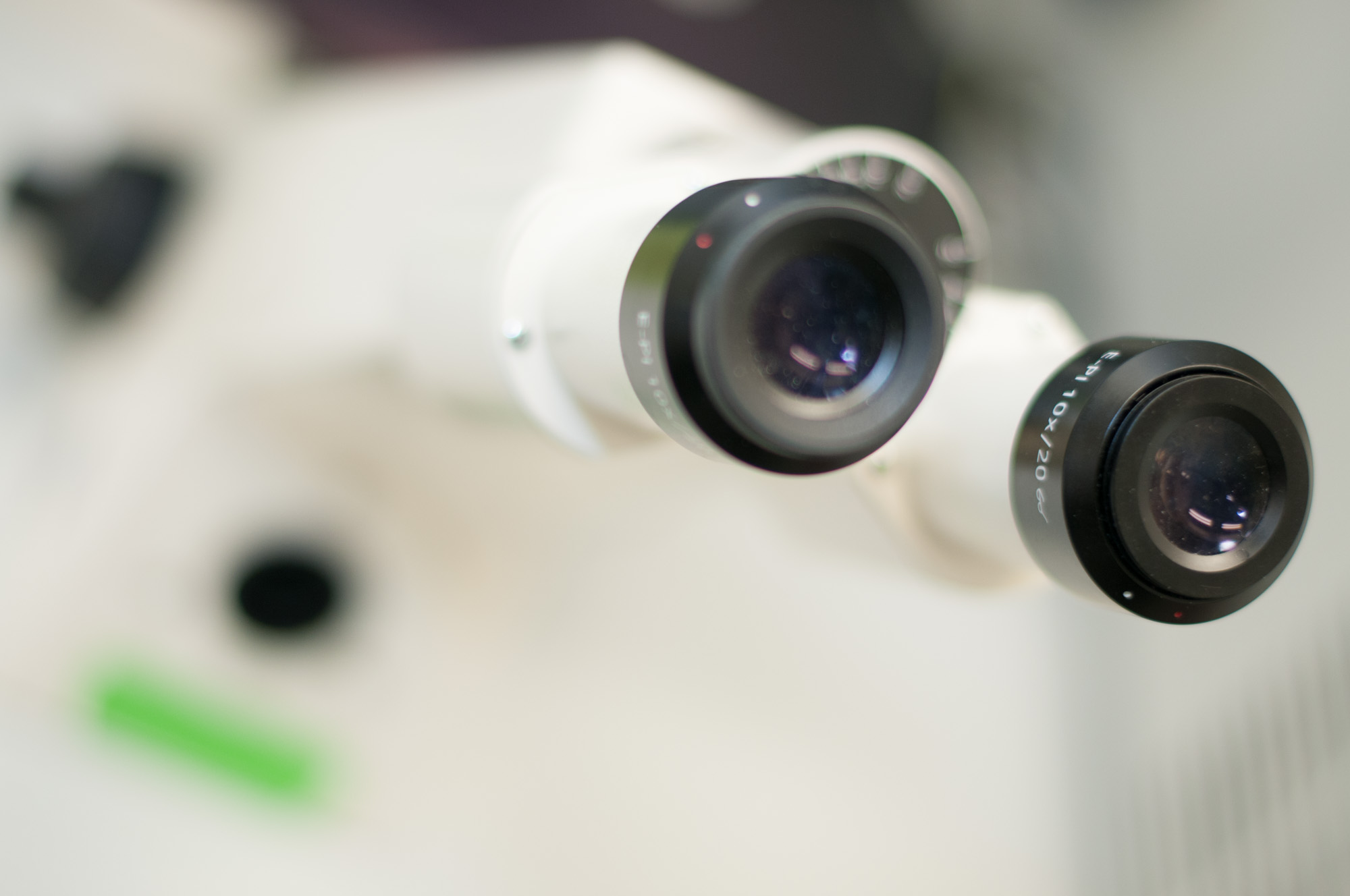
Acid sphingomyelinase / ceramide system in neurovascular remodeling
Cerebral vessels respond within seconds to changes of blood flow. The sphingolipid ceramide, which is a main component of micromembrane domains within cell membranes, is produced by the enzyme acid sphingomyelinase (Asm) on the surface of endothelial cells. Micromembrane domains cluster various membrane receptors and transporters thus changing protein function. Within the Research Training Group GRK2098: Biomedicine of the acid sphingomyelinase / acid ceramidase system funded by the German Research Council (DFG), this group investigates the role of the Asm / ceramide system in ischemic injury and subsequent neurovascular remodeling. Our results show that ceramide accumulates in intracellular vesicles named late endosomes and multivesicular bodies upon ischemia in endothelial cells (Figure 1). Multivesicular bodies regulate tissue remodeling and angiogenesis by releasing exosomes.
Figure 1. Enrichment of ceramide in late endosomes and multivesicular bodies upon ischemia. As a result of oxygen-glucose deprivation in vitro, ceramide (red in (A)-(D) co-localizes with the late endosomal and multivesicular body marker protein CD63 (green in (A) as well as with the Notch ligand Dll4 (green in (B), a mediator of angiogenesis. Upon focal cerebral ischemia in vivo, ceramide accumulates in endothelial cells of ischemic brain tissue (D), but not of contralateral non-ischemic tissue (C) (endothelial marker CD31 labeled in green in (C) and (D). Scale bar, 100 µm.









